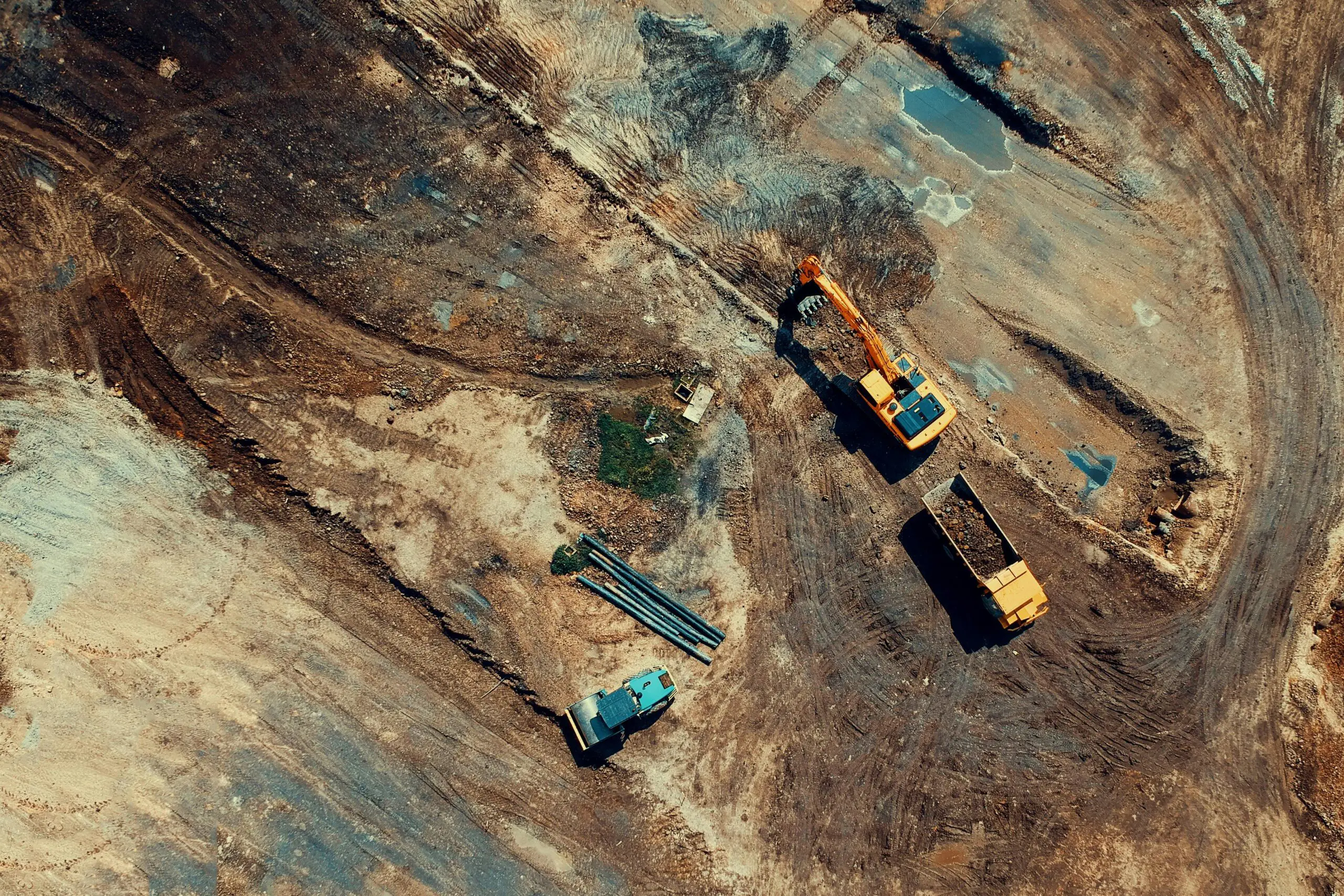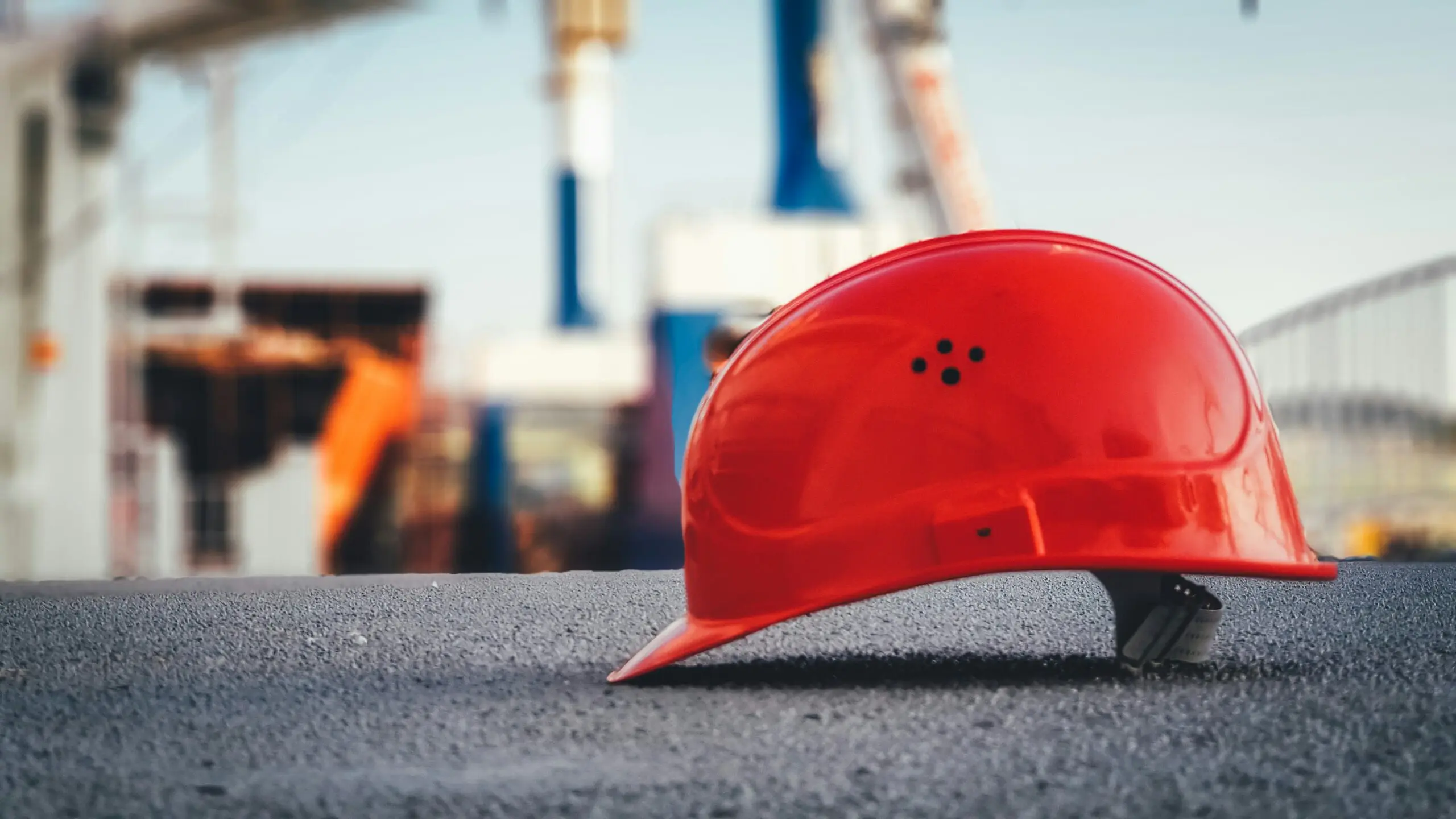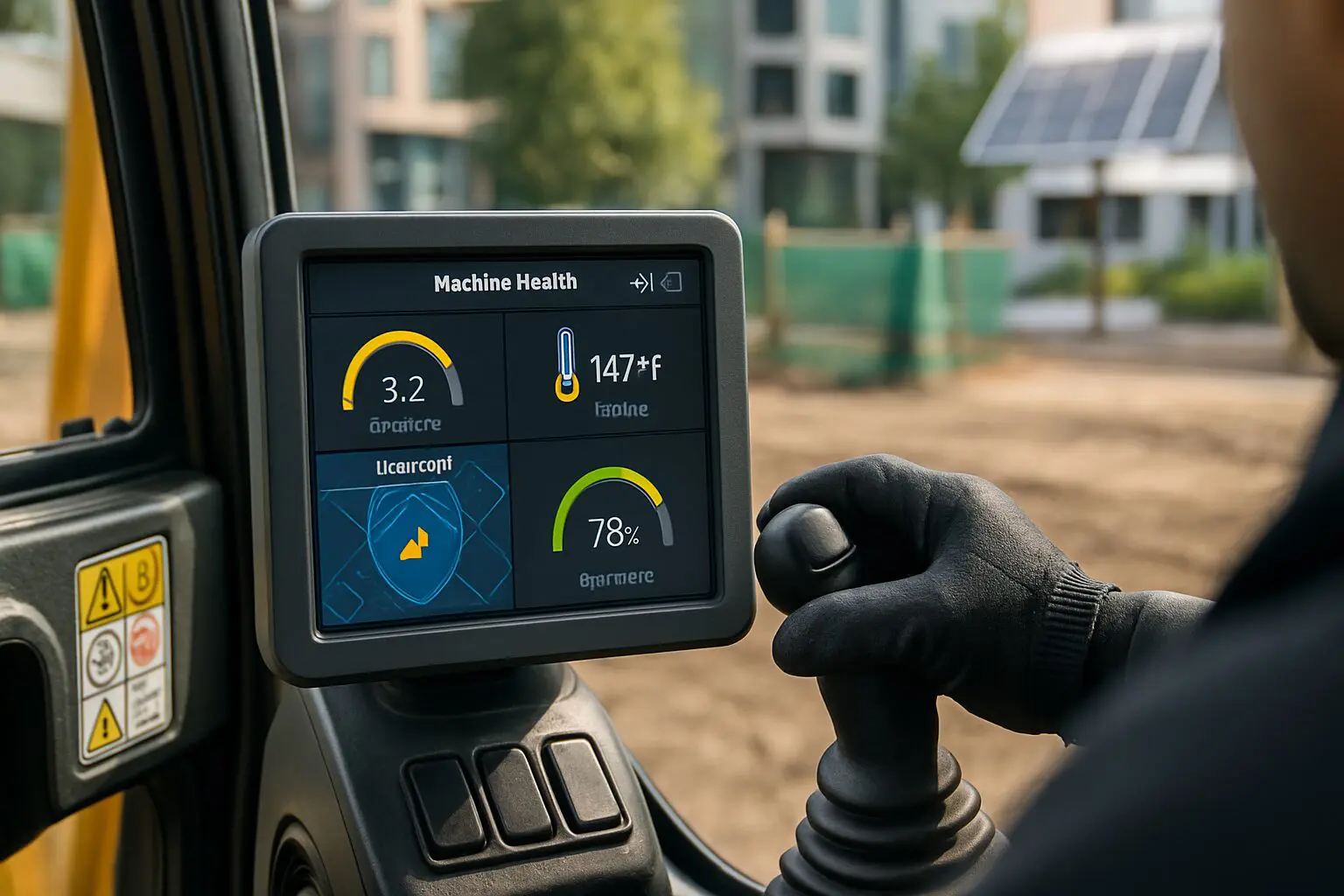The Enduring Legacy of the Case Backhoe

The sun is barely up, yet a familiar shade of construction orange is already carving a perfect trench on a rural jobsite. Operators have trusted that color for decades because the backhoe has long been more than a machine; it’s been a reliable partner that reshaped jobsite versatility and still leads the category today.
Over the next few minutes, we’ll trace the backhoe’s origin story. We’ll spotlight watershed models like the iconic 580 series and see how today’s high-tech Signature Edition blends heritage styling with next-generation capabilities.
Birth of the Factory-Integrated Backhoe
When Case introduced the Model 320 loader/backhoe in 1957, it broke new ground, literally and figuratively. Prior to that moment, contractors typically purchased separate tractor loaders and retrofitted aftermarket backhoe attachments. This process often compromised performance. Case’s innovation was to build a single, cohesive unit, delivering factory-matched hydraulics and frames.
The impact was immediate, as the integrated design improved breakout force and stability by up to 30% compared with bolt-on kits. Within just three years, the Model 320 had secured a dominant market share. This altered purchase decisions industry-wide and set the stage for an evolving legend.
| Key Insight: Case’s integrated design wasn’t just a novelty; it delivered up to 30% more power and stability than bolt-on kits, fundamentally changing contractor expectations and capturing dominant market share within three years. |
Milestone Machines That Cemented the Legend
The 580 series, which debuted in 1966, is arguably the most recognizable backhoe line ever sold. It arrived with a torque-converter transmission and an operator station cleverly designed for quick seat spins from loader to hoe. Sales were so robust that by 1970, one out of every four backhoes sold in North America wore a 580 badge.
Through the decades, the platform was continuously refined. The 580 Super L of the 1990s raised the comfort bar with a wider cab and pilot controls. Meanwhile, the 2000s-era 580N tackled modern challenges by integrating technology to meet Tier 4 emissions regulations.
| Key Insight: The 580 series achieved legendary status with incredible speed. Just four years after its debut, one out of every four backhoes sold in North America proudly wore the iconic 580 badge. |
The Backhoe’s Enduring Value on Today’s Jobsite

Image by Ümit Yıldırım from Unsplash.
Alt text: Red helmet on a construction site.
Even as fleets add specialized compact equipment, the backhoe remains a jobsite Swiss army knife. A properly utilized backhoe can replace two separate machines. It handles tasks from excavation and trenching to utility installation and road work. This versatility is complemented by impressive resale strength and strong operator loyalty.
This enduring productivity relies on a robust support ecosystem. When components eventually wear, resources from dealer networks and aftermarket suppliers keep legacy machines running. Contractors can source hard-to-find cylinder seal kits or aftermarket Case backhoe parts from HW Part Store. This ensures even 30-year-old units stay in the dirt rather than the scrapyard.
| Pro Tip: For maximum ROI, view the backhoe as a fleet consolidator. Its ability to trench, load, and lift can replace two separate machines, significantly cutting mobilization costs and simplifying jobsite logistics. |
Heritage Meets Modern Muscle
To honor more than six decades of innovation, a limited Signature Edition Backhoe Loader was released. It’s instantly recognizable by its retro throwback decals, yet hides decidedly modern technology under the hood. The machine features advanced electro-hydraulic controls, an auto-ride-control loader, and a PowerBoost button for a temporary increase in hydraulic force.
Inside, an upgraded HVAC system and a deluxe air-suspension seat reduce operator fatigue on long days. Each unit also ships with a serialized commemorative badge, a subtle nod to the craftsmen who launched the original 320.
Beyond the Backhoe: Expanding the Compact Equipment Family
The “one-machine-does-more” DNA has influenced newer compact equipment lines. The CX15EV electric mini excavator, for example, can work an 8-hour shift on a single charge while fitting through a 40-inch gate. This makes it ideal for urban trenching jobs that once defaulted to backhoes.
Likewise, the TV450B compact track loader adds refined Creep Speed control, echoing the precision once unique to backhoe pilot controls. These machines don’t replace the legendary backhoe; they complement it, allowing contractors to choose the perfect tool for the job.
Technology & Sustainability Driving the Next Chapter

Alt text: Digital monitor displays machine health parameters in the construction vehicle cockpit.
Modern technology is reshaping how these machines are managed. Telematics now stream machine health, fuel burn, and geofencing data directly to fleet dashboards. This allows managers to monitor equipment remotely and prevent downtime before it starts.
Electro-hydraulic advancements also pave the way for semi-autonomous trenching and grade assist. These features significantly reduce operator learning curves. Looking further ahead, hybrid-drive prototypes could trim fuel use and slash onsite emissions[a], a key advantage for adopting stricter sustainability mandates.
| Key Insight: Modern telematics shifts maintenance from reactive to proactive. Systems like Case SiteWatch analyze machine health in real-time. They alert managers to potential failures before they can cause expensive, project-halting downtime on the jobsite. |
Future-Forward Outlook
As the industry looks toward the future, the backhoe continues to evolve. We can expect to see an even smarter, cleaner machine at major trade shows. There will be live demonstrations of remote diagnostics and electric powertrains. As urban jobsites face tighter constraints, the strategy remains clear: embrace new technologies while honoring the rugged, versatile DNA that made the backhoe indispensable.
Pioneering a Legacy
From the pioneering Model 320 to the limited-run Signature Edition, the backhoe proves that true innovation doesn’t abandon its roots; it builds upon them. Few machines can claim a 65-year legacy of jobsite dominance while still pushing the boundaries in precision and sustainability. The backhoe built generations of infrastructure and is well-equipped to continue that legacy for generations to come.
[a]Fact checked: https://pubmed.ncbi.nlm.nih.gov/39341257/
Read more on
MyCarHeaven are on Instagram. Go check us out and do follow us.
Go visit the MyCarHeaven Instagram page. We post regular quality content, predominantly focused on classic cars, supercars, hypercars and car shows. We also feature all our competitions here, where you will have the chance IF YOU FOLLOW US and you follow the competition entry criteria, you could be in with a chance of winning tickets to the best UK car shows, and other automotive stuff.
Go to the MyCarHeaven Instagram account here. Advertisement
Advertisement Advertisement
Advertisement Advertisement
Advertisement Advertisement
Advertisement




